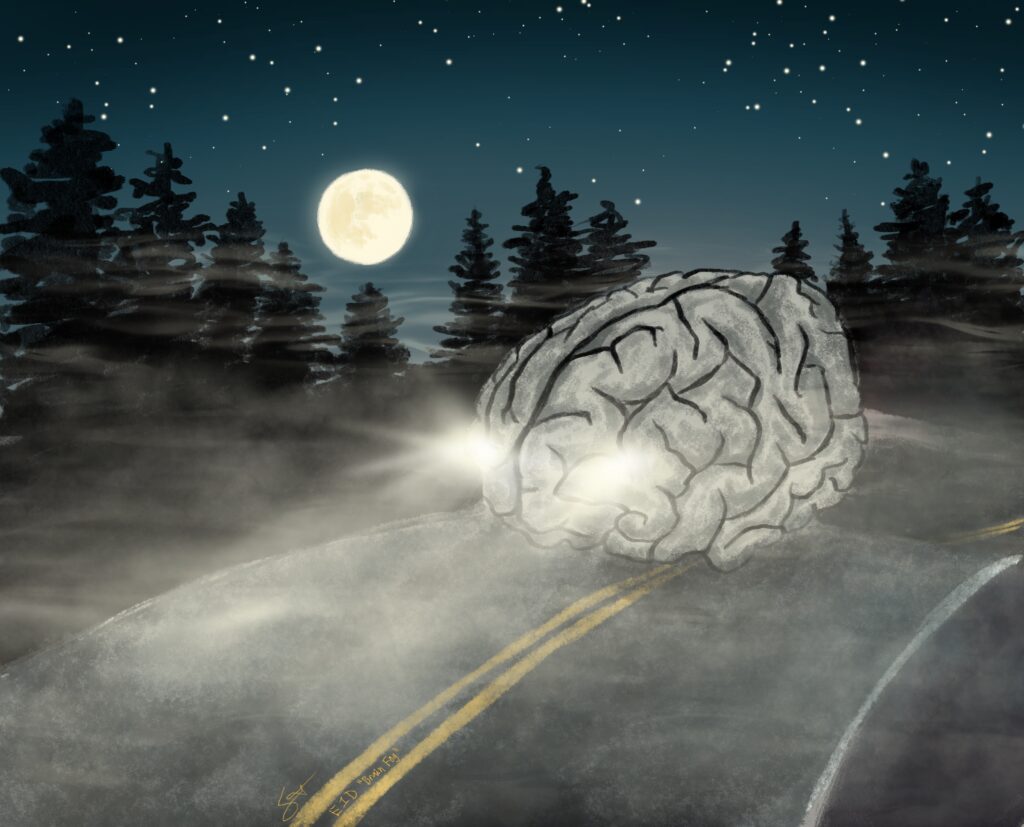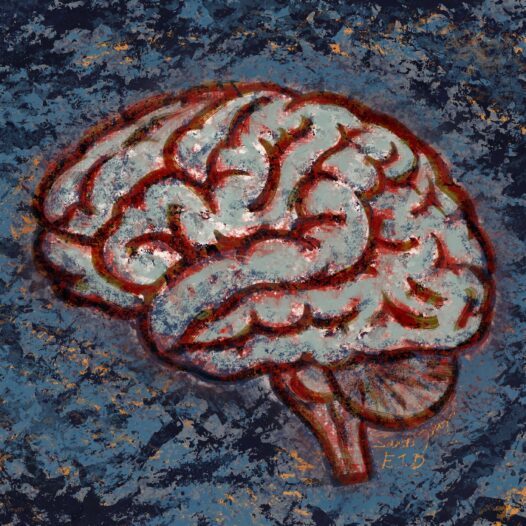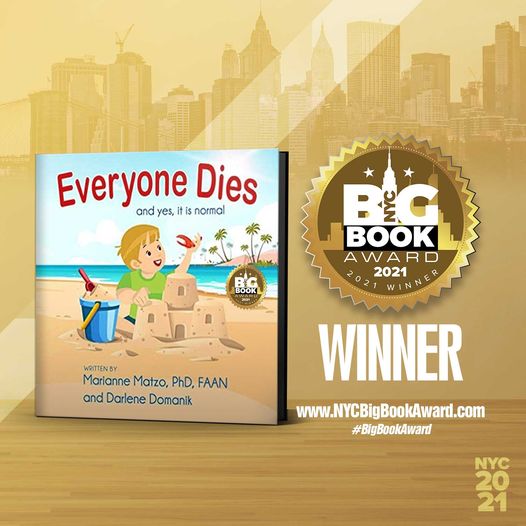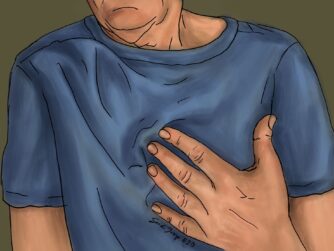Chemotherapy does not only change how your brain thinks, it also impacts your emotional regulation. How do you manage brain fog and chemo rage? Listen to learn about ways to harness this emotional energy and channel it in productive ways.
Chemo rage is a normal response to an abnormal situation. It’s a sign that you’re human and that you’re not willing to let cancer define you.
In this Episode:
- 01:39 – Streaming Series Review: Adolescence
- 05:22 – New Jersey and Coconut Cream Pie
- 06:23 – What Does American Medical Debt Look Like?
- 10:17 – Chemo Rage: What it is and What Causes it
- 17:21 – How to Cope with Chemo Rage
- 20:34 – How to Help a Loved One with Chemo Rage
- 24:57 – Poem, “Speak the Cancer”
- 26:20 – Outro
How Does Chemotherapy Affect the Brain?
Chemotherapy, treatments such as steroids and hormone blockers, and other factors can all contribute to what is often called Brain Fog or Chemo Brain. Cancer Professionals call it “Chemotherapy-Related Cognitive Impairment (CRCI).”
- Oxidative stress and inflammation are believed to underly the cognitive issues related to cancer treatment. Treatment-related disruptions in the blood–brain barrier, neuroinflammation, neurotransmitter dysfunction, and decreased development of new neurons all have impacts.
- Cancer-related medications can also directly cause cognitive challenges.
- Hormone therapy – for example estrogen suppression in breast cancer – can have major effects. Estrogen is important in memory formation and neuron growth and development.
- Steroids – commonly used with chemotherapy – can increase irritability, aggression, and decrease impulse control, leading to outbursts.
- A cancer diagnosis and treatment can cause fatigue, sleep disturbances, and depression, all known to cause cognitive impairment.
- Symptoms of cognitive disfunction are disorganized behavior or thinking, confusion, memory loss, trouble concentrating, paying attention, learning, and making decisions.
Decreased brain function on top of the emotional challenges of a cancer journey can take its toll. The constant struggle to perform everyday tasks as you once did can lead to a buildup of frustration that can erupt into rage.
What is “Chemo Rage”?
“Chemo Rage” refers to intense emotional outbursts, particularly anger, that can occur during or after chemotherapy treatment. These feelings can stem from various factors, including the stress of a cancer diagnosis, side effects of treatment, and the challenges of navigating the medical system.
Chemo rage is a normal response to an abnormal situation. It’s a sign that you’re human and that you’re not willing to let cancer define you. The key is learning how to harness this emotional energy and channel it in productive ways.
What Can Help Chemo Brain?
Lifestyle changes to support brain health can also contribute to recovery and emotional stability. A balanced diet rich in omega-3 fatty acids, antioxidants, and vitamins can help nourish the brain. Regular exercise, adequate sleep, and stress-reduction techniques like meditation can all contribute to improved brain function and emotional regulation.
Listen to the podcast for more details and explanations to help you reclaim a sense of control and well-being.
Speak the Cancer
Charlie read this poem, written anonymously about cancer.
I have for you a poem written anonymously about cancer titled,
Speak the Cancer
From whom are you hiding your pain?
For whom are you wearing that smile?
Do you have someone to lend you a shoulder,
To let you know that it’s okay to cry?
Yes, my friend, it’s normal to feel drained and
To feel pained, both inside out!
It’s okay to scream when they prick you,
Over and over to treat you.
There’s no wrong in being angry,
You must vent, shouldn’t stay inside.
Some days are bad, I know!
But when you have
The best ones around, everything turns out to be good.
You must speak your fears,
Cancer is no taboo.
You can be anxious as long as you have a pal,
Who’ll pat your shoulder and give you a hug.
Speaking about it won’t portray you weak, instead.
Hoarding inside will kill you,
so speak now!
Related Content:
In addition to our cancer series and brain fog episode, see also our content on exercise, diet, and mindfulness:
- S3E46: How to Help Yourself when Your Brain is Foggy
- S3E37: What Can a Mindfulness Practice Offer You?
- S5E26: Food as Medicine- How to Improve Health through the Right Diet
- S5E4: Inflammation: What it is, How It Causes Disease, and How You Can Decrease It
- S4E18: How to Exorcise Depression and Anxiety with Exercise

Cancer Series:
- S6E5: Understanding Cancer Treatment Options: Chemotherapy
- S6E4: Understanding Cancer Treatment Options: Immunotherapy
- S6E3: Understanding Cancer Treatment Options: Radiation Therapy
- S6E2: Understanding Cancer Treatment Options: Surgery
- S5E52: Cancer Gone Wild – Learn All About Metastasis
- S5E45: Why Does Cancer Exist? Empower Yourself With Understanding
- S5E46: “Why Do I Have Cancer?” Kismet, Chastisement or Coincidence?
- S5E47: MythBusters – Cancer Edition; Clarifying Common Cancer Myths & Misconceptions
- S5E48: How to Read a CT Scan Report – Learn the Sections Relevant to Your Diagnosis
- S5E49: Are there Miracle Cures for Cancer? With Dr. Jeanna Ford
- S5E50: What is Meant by Cancer Staging? Learn the Language of a Cancer Diagnosis
References:
- Carlson, L. E., Zelinski, E. L., Toivonen, K. I., Sundstrom, L., Jobin, C. T., Damaskos, P., & Zebrack, B. (2018). Prevalence of psychosocial distress in cancer patients across 55 North American cancer centers. Journal of Psychosocial Oncology, 37(1), 5–21. https://doi.org/10.1080/07347332.2018.1521490
- Kovalchuk, A., & Kolb, B. (2017). Chemo brain: From discerning mechanisms to lifting the brain fog-An aging connection. Cell cycle, 16(14), 1345–1349. https://doi.org/10.1080/15384101.2017.1334022
- Soffietti, R., Trevisan, E., & Rudà, R. (2014). Neurologic complications of chemotherapy and other newer and experimental approaches. Handbook of clinical neurology, 121, 1199–1218. https://doi.org/10.1016/B978-0-7020-4088-7.00080-8
- Miyashita M. Chemotherapy-related cognitive impairment: What we need to know and what we can do. Asia Pac J Oncol Nurs. 2023 Nov 7;11(1):100334. doi: 10.1016/j.apjon.2023.100334.
- 7 Out of 10 Americans Struggling With Medical Debt Owe Over $1,000 | TechTarget
- The burden of medical debt in the United States – Peterson-KFF Health System Tracker
- Managing cancer and anger | Macmillan Cancer Support
- Managing Chemo Brain and Anger During Cancer Treatment
- Emotional Side Effects Of Steroids
Resources:
- poems about cancer, sent from around the world and posted unabridged
- Non-Profit Hospital Financial Assistance Programs – Facing Cancer Together | Podcast on Spotify
- Effective Anger Management Strategies for TBI Recovery
- Chemo Brain Fog: Duration, Impact, and Management Strategies
- Cognitive Behavioral Therapy For Anger Management [7 CBT Exercises]
- 10 Powerful CBT Techniques for Anger Management
- To find clinical research studies that involve immunotherapy visit Find NCI-Supported Clinical Trials – NCI or call the Cancer Information Service, NCI’s contact center, at 1-800-4-CANCER (1-800-422-6237).
- Adolescence on Netflix. https://www.imdb.com/title/tt31806037/
Adolescence
Marianne shared about the Netflix series she watched called Adolescence. You can see the trailer below.
Recipe of the Week:
This week we travel to New Jersey where we stop at a diner and find a delectable coconut cream pie. Here’s a recipe for you to make your own, from Taste of Home.


https://blog.feedspot.com/palliative_care_podcasts/
Everyone Dies: and yes, it is normal!
Everyone Dies (and yes, it is normal) is a story about a young boy named Jax who finds something special on the beach where he and his grandpa Pops are enjoying a wonderful day. Pops helps Jax understand that death is a normal part of life. This book provides an age appropriate, non-scary, comfortable way to introduce the important topic of mortality to a preschool child. Its simple explanation will last a lifetime. Autographed copies for sale at: www.everyonediesthebook.com. Also available at Amazon
Mourning Jewelry

We offer a way to memorialize your loved one or treasured pet with a piece of handmade jewelry. When people comment on it and the wearer can say for example “I received this when my mother died” which opens the conversation about this loss. All our jewelry is made with semi-precious stones and beads, vintage beads, and pearls. You can choose between earrings or bracelets and the color family. Learn More










